Impact of Global Warming on Hibernating Mammals: Four Key Effects
Written on
The Effects of Climate Change on Hibernating Animals
Climate change and global warming have significant implications for hibernating species, as discussed in the article “Life history consequences of climate change in hibernating mammals: a review” by Caitlin P. Wells and colleagues. The rapid fluctuations in temperature resulting from human activities extend their reach beyond just human impacts and affect various animal species. Previous articles have addressed diverse consequences, including temperature-related changes in turtle populations.
Hibernation, often referred to as winter sleep, is an essential survival mechanism for many mammals during food-scarce periods. Unlike sleep, which primarily serves to rest, hibernation significantly lowers metabolic functions to conserve energy. For instance, groundhogs enter hibernation in late autumn for roughly three months, during which their heart rate decreases from 80 beats per minute to as low as 5, and their body temperature drops from 37°C (99°F) to around 3°C (37°F).
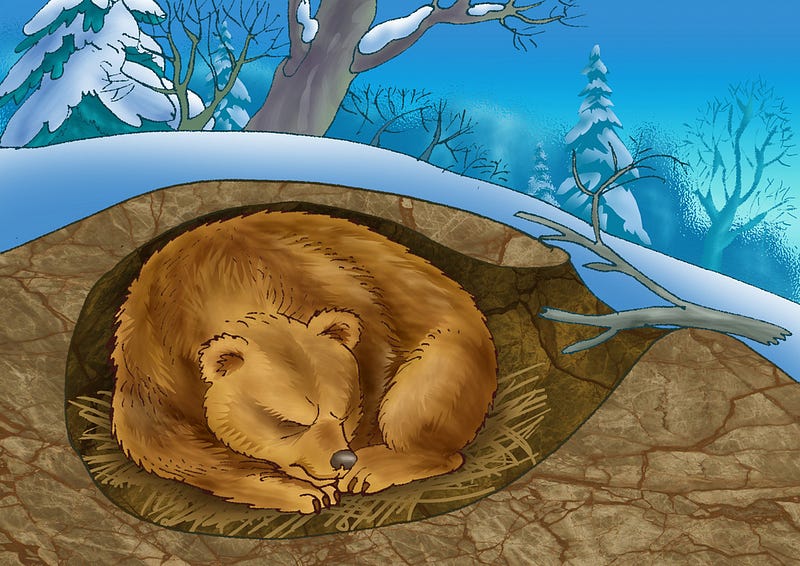
Phenological Changes in Hibernation
The first way that changing climatic conditions influence hibernating mammals is through their phenology, which encompasses their natural cycles, including hibernation patterns. Warmer temperatures can lead some species to emerge from hibernation earlier or reduce their hibernation duration, while others may not be affected at all. In certain cases, animals may hibernate for longer periods.
Rodents, for instance, tend to have shorter hibernation periods with rising spring temperatures, leading them to awaken earlier. For yellow-bellied marmots (Marmota flaviventer), this can result in longer growth periods, improved body condition, and increased survival rates.
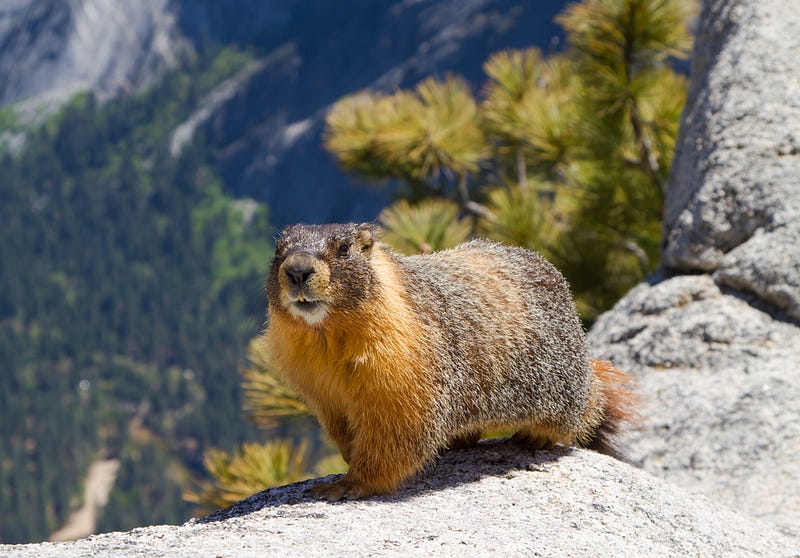
Similarly, black bears (Ursus americanus) and brown bears (Ursus arctos) also experience shorter hibernation durations with higher temperatures. A mere 1°C (1.8°F) increase in winter minimum temperatures can reduce the hibernation period of black bears by six days.
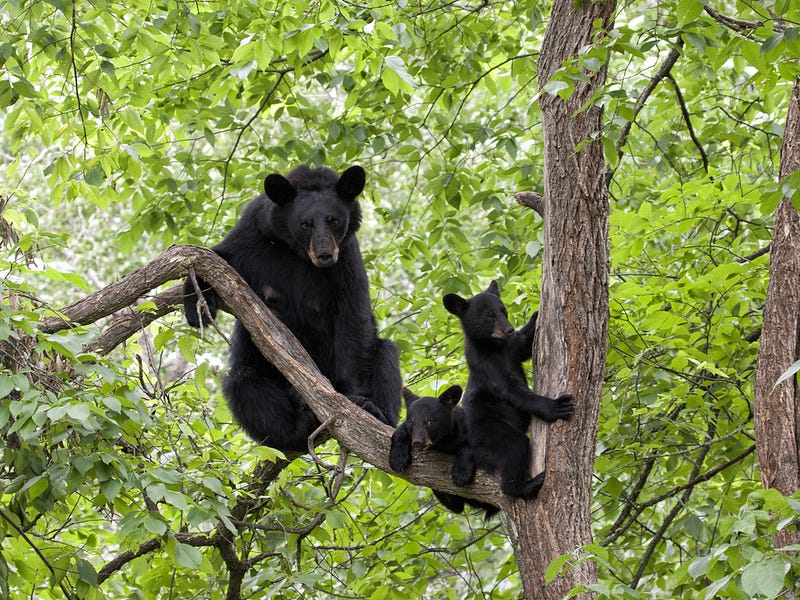
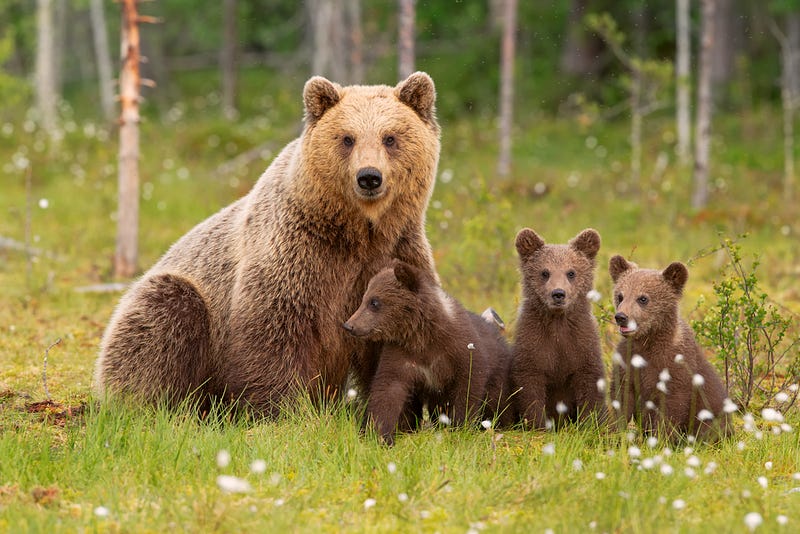
However, an earlier awakening may lead to mismatches in the ecosystem, particularly if high-quality food sources are not yet available. Young animals may face challenges in self-sufficiency if they emerge too early.
Impacts on Physical Condition
The second way climate change affects hibernating mammals is by altering their physical condition. For instance, female arctic ground squirrels (Urocitellus paryii) may exhibit decreased weight and size due to shorter winters. This situation can be misleading, as it compares females that survive shorter winters with those that endure longer ones. Consequently, the seemingly stronger females could just be those that survived longer durations.
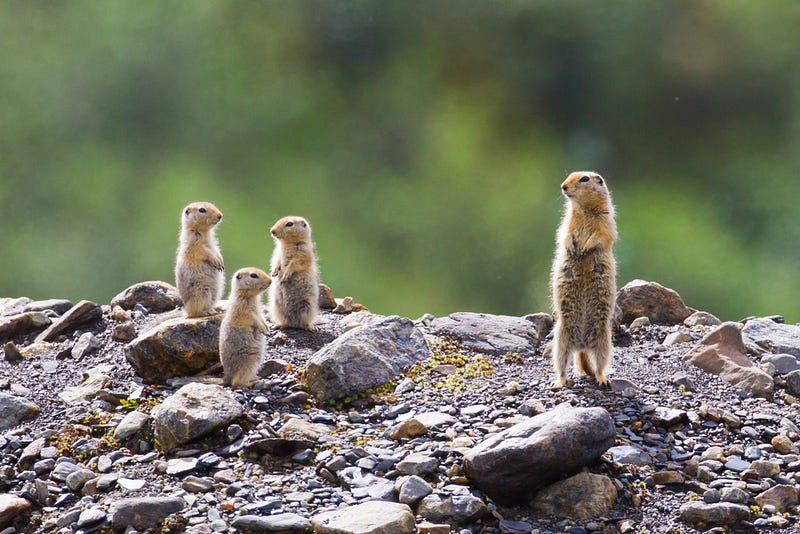
In contrast, Western hedgehogs (Erinaceus europaeus) thrive in shorter winters, retaining more body weight during hibernation. Additionally, several bat species, like pallid bats (Antrozous pallidus), benefit from warmer conditions due to reduced energy demands during hibernation and increased insect availability upon awakening.
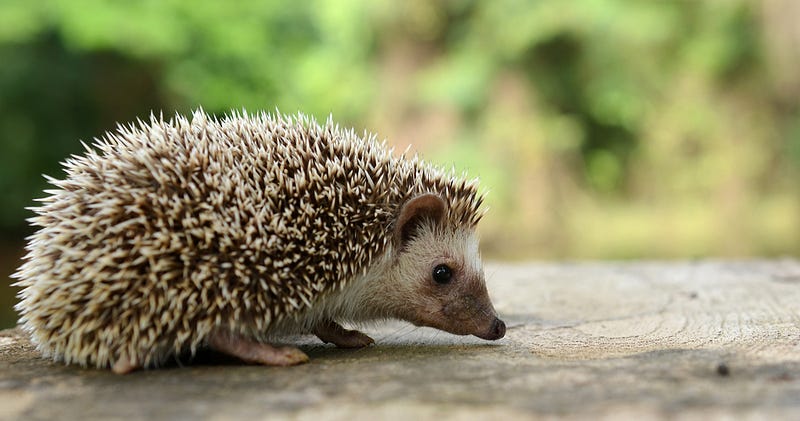
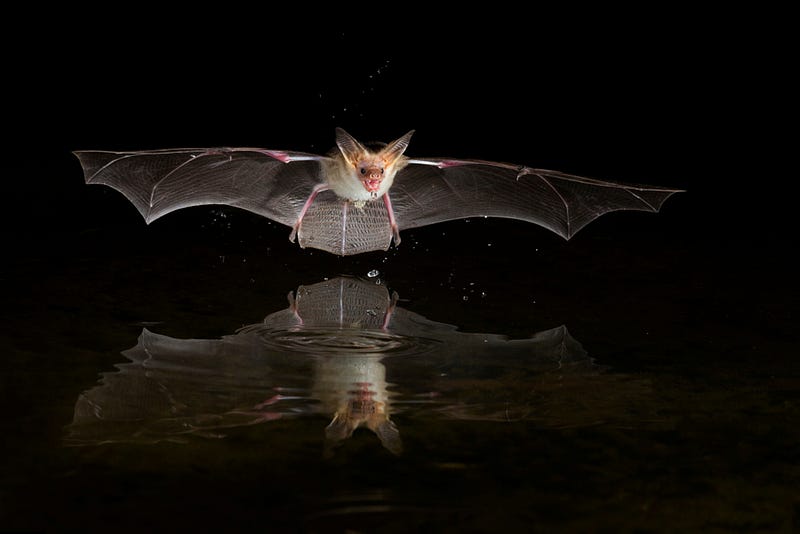
Reproductive Changes
The third impact of changing climatic conditions on hibernating mammals is seen in their reproductive patterns. For example, common hamsters can produce twice as many offspring in warmer, shorter winters. Moreover, male rodents are more successful in reproducing under elevated temperatures, as they can maintain higher body temperatures necessary for sexual maturation more easily.
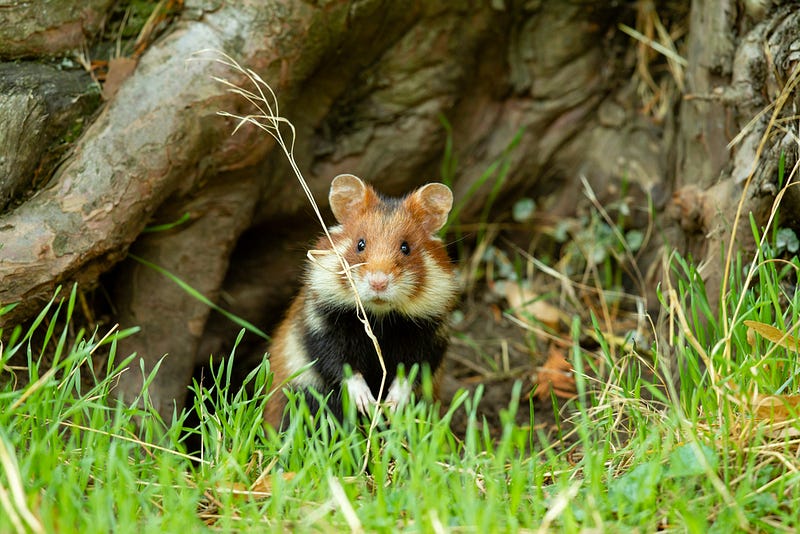
Survival Rates
Finally, the fourth way climate change influences hibernating mammals is through their survival rates. Warmer temperatures can enhance or decrease survival odds, often depending on various factors such as species, age, and seasonal conditions. For instance, higher temperatures may boost the survival rates of young Uinta ground squirrels (Urocitellus armatus) compared to older individuals, as younger squirrels require more energy to maintain warmth during hibernation.
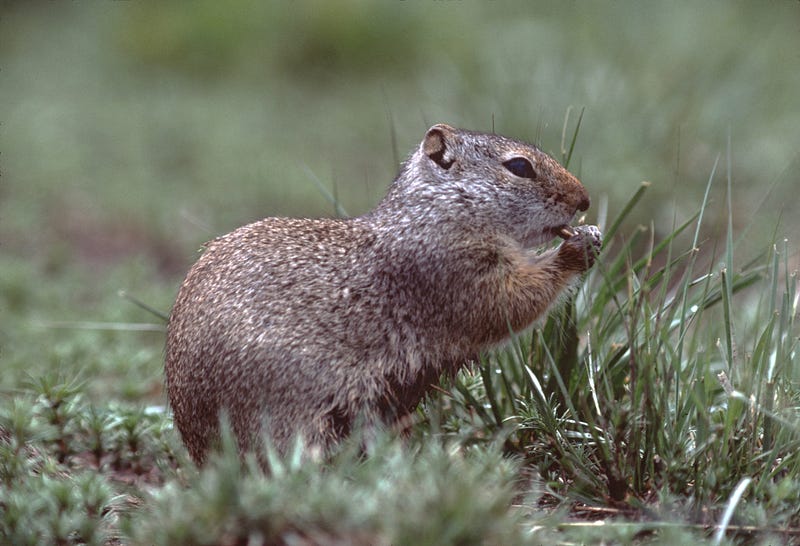
Conversely, increased fall frost can hinder the survival of adult alpine marmots (Marmota marmota) due to higher energy expenditure needed to cope with colder conditions during autumn, leading to less energy availability for hibernation.
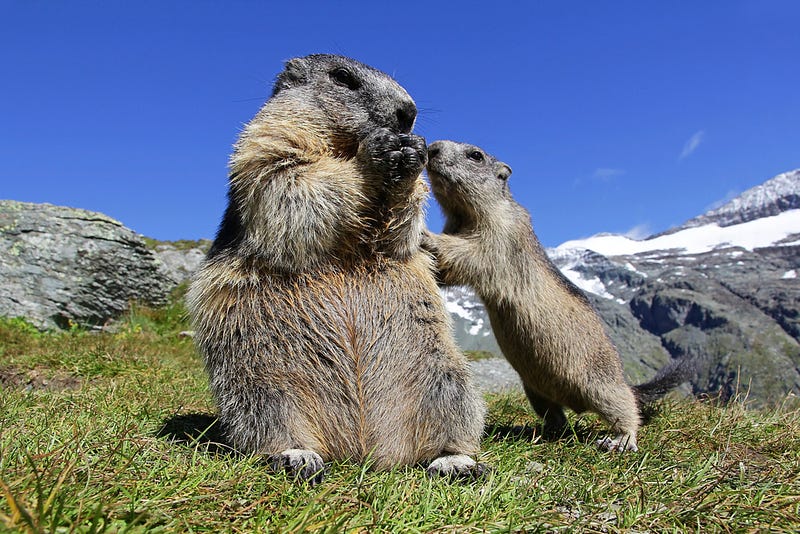
Conclusion
In summary, global warming affects hibernating mammals by altering their phenology, physical condition, reproductive patterns, and survival rates. The degree of these impacts varies significantly across species, ages, and individual conditions.
Taking Action Against Climate Change
To mitigate the effects of global warming, individuals can adopt several practical measures, including:
- Reducing meat and dairy consumption.
- Opting for eco-friendly transportation, such as trains or cycling instead of driving.
- Choosing renewable energy sources from providers.
- Utilizing sustainable building materials in construction projects.
What additional strategies do you think could help us combat climate change? Your suggestions in the comments would be greatly appreciated.
Credit
This article is derived from:
Wells, C. P., Barbier, R., Nelson, S., Kanaziz, R., & Aubry, L. M. (2022). Life history consequences of climate change in hibernating mammals: a review. Ecography, 2022(6), e06056.
This video explores the impact of climate change on hibernation patterns in animals, shedding light on how rising temperatures can disrupt their natural cycles.
This video discusses how climate change affects animals broadly, highlighting various species and their responses to shifting environmental conditions.